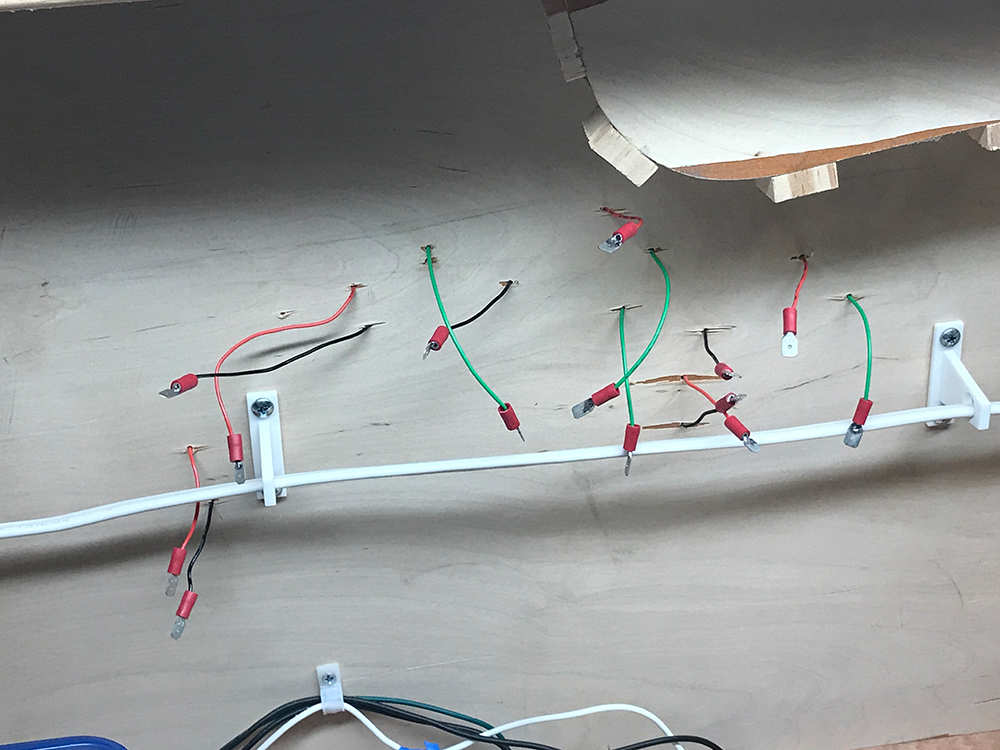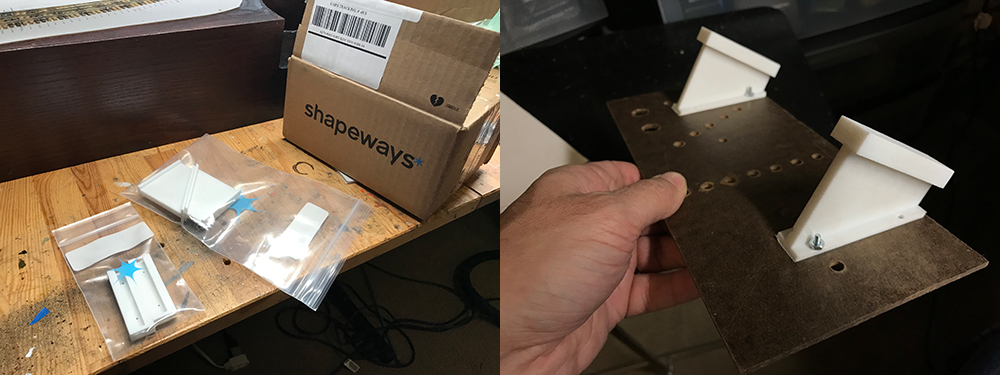
Just a quick note to those wondering where I have gone. Still here but taking a break from the hobby to deal with life events. I spent the last two and a half years working as a sub-contractor (software architect) for Visa. That contract ended last September but while I was out of the marketplace I hadn’t realized how much of my bread and butter work had been automated as well as off-shored to foreign developers. When I came out of my contract many of my previous clients had begun using automated web-building services – leaving me without work! Continue reading “Still here”
DC Wiring Part 2 – Powering the track continued
Well I finally finished the wiring to power all the track. The two separate sections (the branch line and the traction freight line) are controlled from their own SPST switches. The crossovers required a little thought and in the end I came up with a couple of schemes to wire them up. I created a third bus not connected to either of the other two sections. The crossovers will always be on and are directly connected to the throttle. In order to control the frog poles I connected them to a DPDT switch and simply flip the switch to power the correct frogs for either direction.
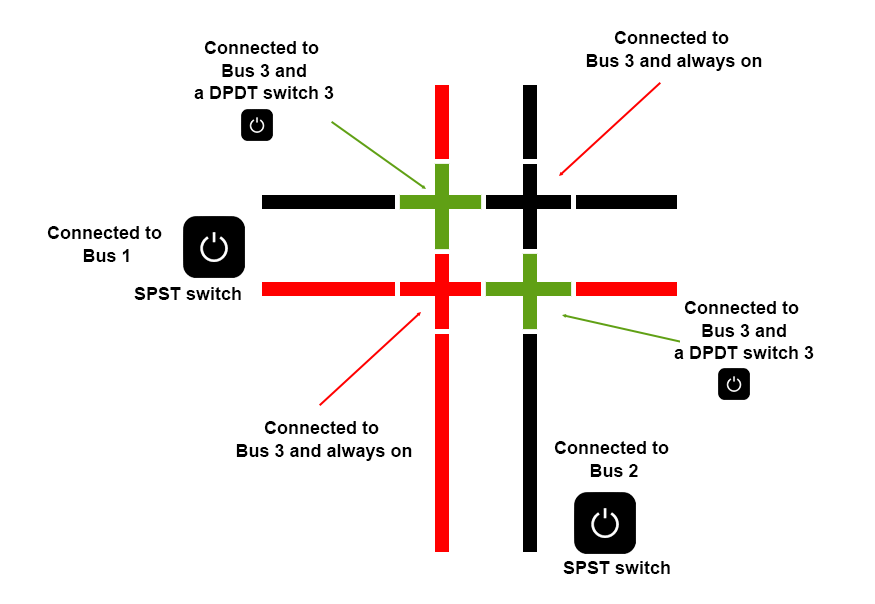
Continue reading “DC Wiring Part 2 – Powering the track continued”
DC Wiring Part 2 – Powering the track – the first bus
It took a couple of weeks for my bus clamps to arrive so I just carried on dropping wires through the board to eventually connect to the bus. The black is positive, the is red negative and the green (that power the two-pole frogs of the crossovers) will switch between the two poles via a DPDT switch.
Continue reading “DC Wiring Part 2 – Powering the track – the first bus”
DC Wiring Part 2 – Powering the track
Having finished isolating track the task was now to start powering the trackwork. There are going to be three independent DC systems:
- Powering the sections.
- Powering the turnouts.
- Powering any lights and accessories around the layout.
Before starting wiring I decided to clean up some of the track. I polished down many of the solder joints but importantly I filled in the gaps in the PCB ties and the gaps in the rails in the crossovers.
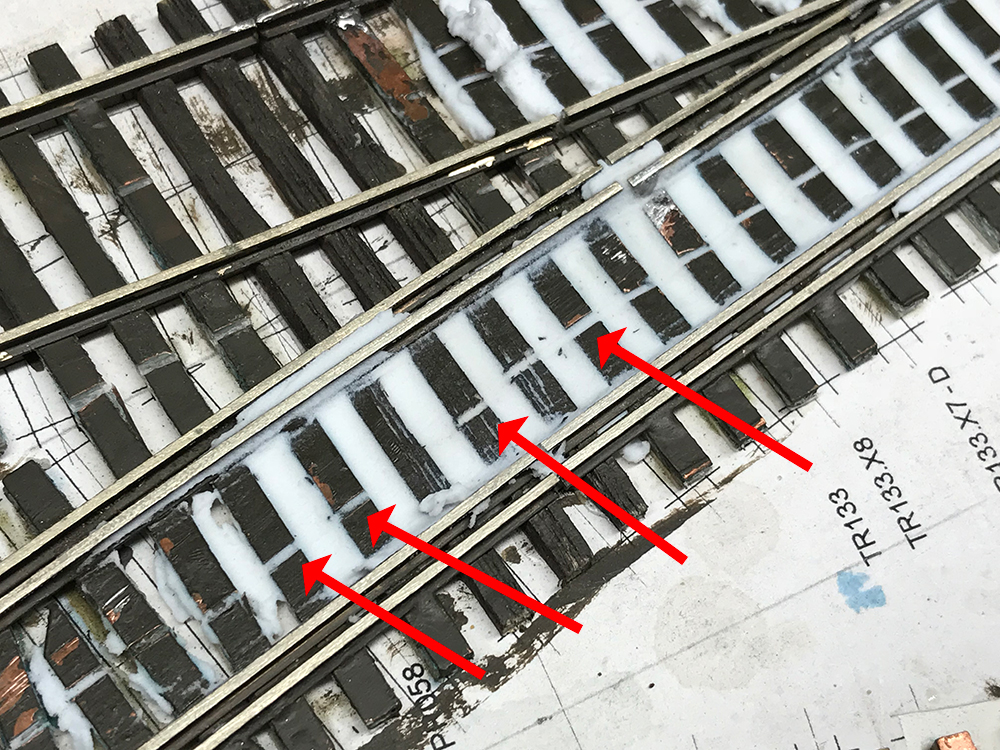
DC Wiring Part 1 – Lay track and isolate sections – Crossovers
Back to the project afer a short break. I continued to lay missing sections which I then isolated followed by the turnouts and finally the crossovers.
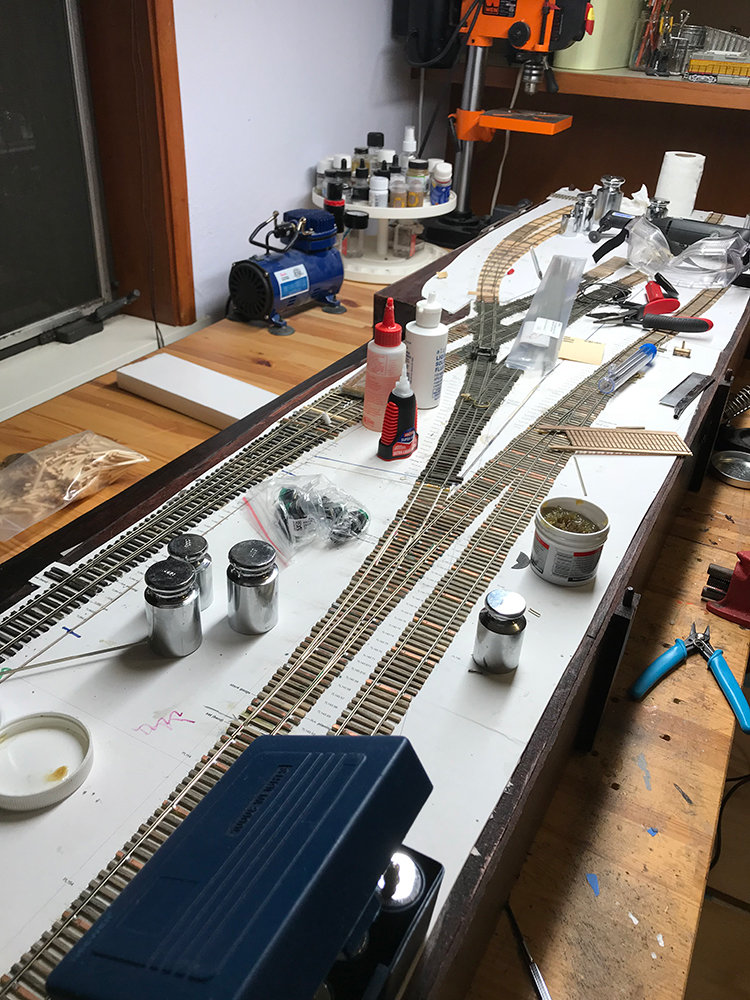
Continue reading “DC Wiring Part 1 – Lay track and isolate sections – Crossovers”
DC Wiring Part 1 – Lay track and isolate sections
Now that the control panel has been designed and fitted I have begun the wiring. The steps are basically:
- Lay missing sections of track.
- Isolate rails .
- Connect sections to the control panel.
- Wire up the crossovers and connect them to the control panel.
- Add the turnout motors and connect them to the control panel.
- Add three docks to the exit points for the removable cassettes.
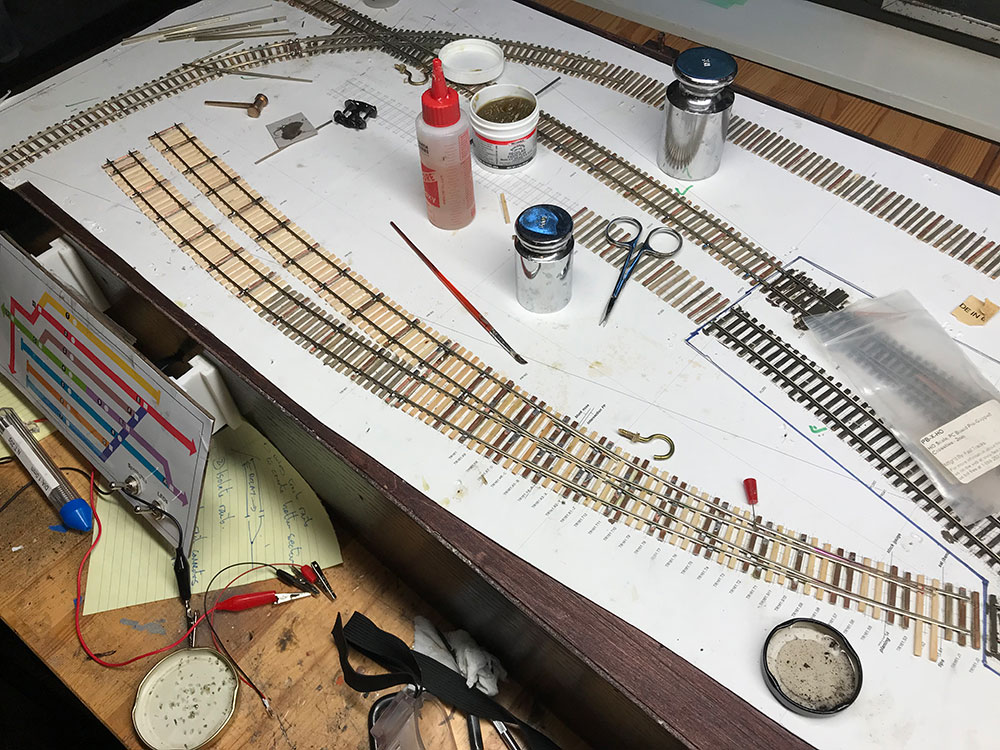
Continue reading “DC Wiring Part 1 – Lay track and isolate sections”
Control Panel
My brackets arrived from Shapeways and I waited no time to fit them. They are made of very tough plastic that called strong white and flexible. From the Shapeways site:
This material is incredibly versatile, and can be used for a wide variety of applications, from iPhone cases to jewelry, remote controlled quadcopters to wearable bikinis. When thin, it’s flexible enough for hinges and springs. When thick, it’s strong enough for structural components.
There was no doubt that the brackets were going to do a good job. My task was to sand them down so that the controller attachment slid nicely and easily into the board attachment.
AC system
I managed to set up the internal AC electrical system which provides power to the DC adapter/s and the lighting system. I built the lighting system a while ago but had housed the switches in an ugly box that protruded from the front. I removed this and have now located the switches on the control panel.
I’ve covered the lighting system in the past but as a quick reminder here are some pics of the process:
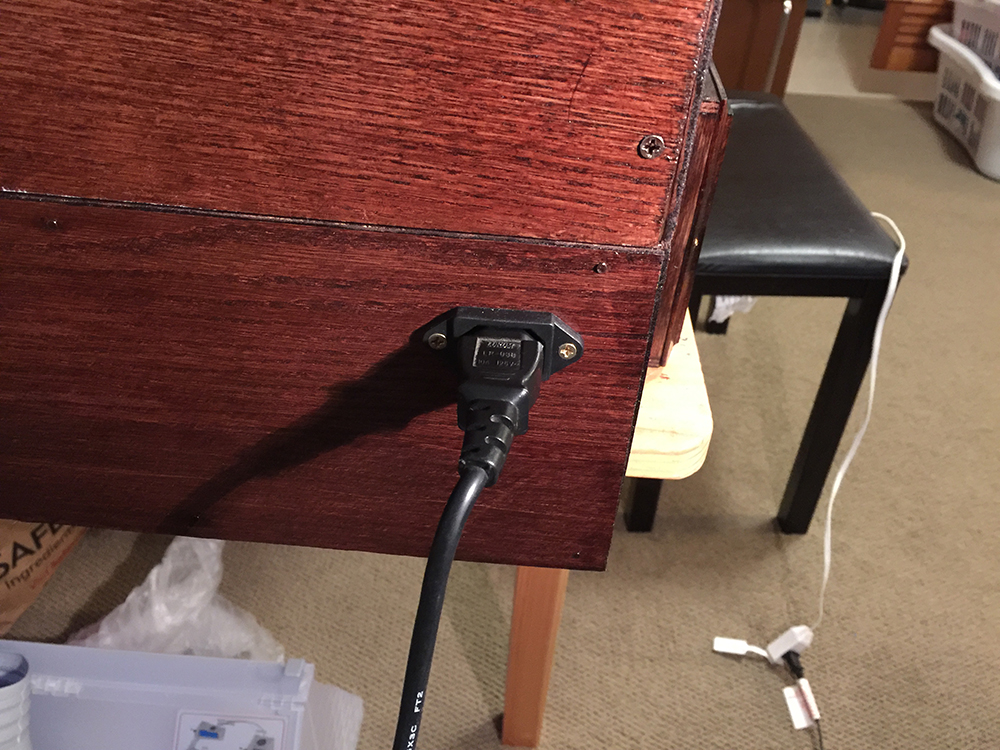
Control panel box
I spent this weekend building the controller box. This will house the section switches and the toggle switches for the turnouts. I’m not sure how I’m going to wire the layout yet but I want to do it slightly differently from The Depot. The Depot is wired for one engine only and as there are no sections as soon as you turn on the power it powers up the whole layout in one go. As such you can’t have more than one engine on the layout.
For the Town I wanted to get more experience with sections and have the ability to keep numerous locomotives on the layout while only running one at a time. I will add various sections and use SPST switches to turn power on and off. I’m still drawing up the power plan but hopefully I’ll have it nailed down this week. It may be that I figure it all out while I work around the layout.
Here’s the construction process for the controller box:

Control Panel
I decided that I’ve been avoiding working on the Town module for long enough. On one of my Facebook groups a new modeler asked the group for tips about the hobby. One of the tips that really struck a chord with me was: don’t get distracted by other smaller projects. I realized that I’ve been distracted for most of the year by the diorama project and had not given The Town module the attention it needed to keep it moving at a reasonable pace. I’ve seen other modelers complete at least two layouts in the time that I’ve been working on The Town. So with no more excuses or distractions I put the weathering project away and got back to building the control panel for The Town.


